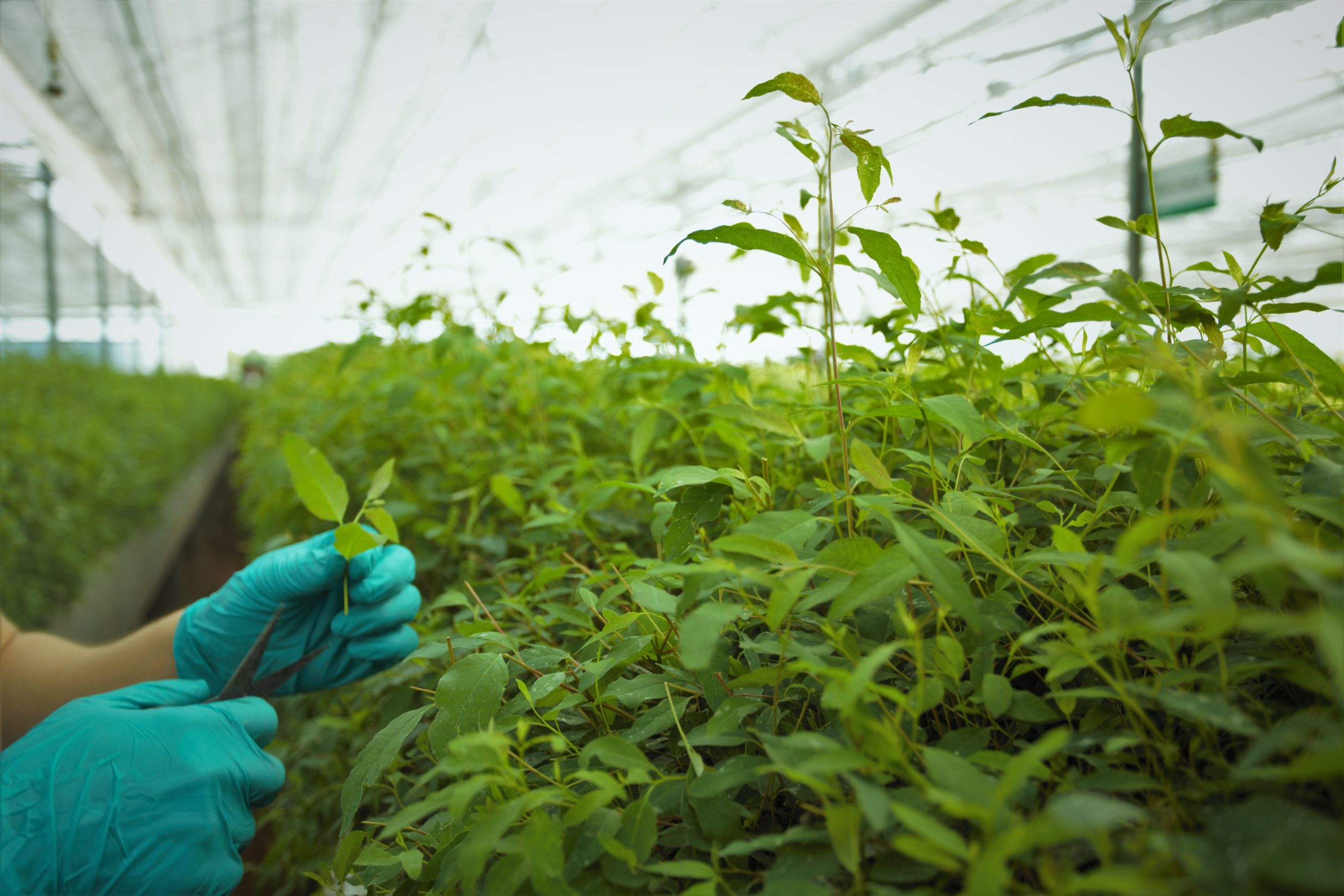
Greenhouse farming, also known as greenhouse agriculture or controlled environment agriculture (CEA), is a method of growing crops in a controlled environment within a structure called a greenhouse or glasshouse. They are designed to optimize plant growth by providing a stable and favourable environment for plants to thrive. This agricultural practice allows farmers to cultivate crops throughout the year, regardless of seasonal changes or adverse weather conditions. The primary purpose of a greenhouse is to create a controlled and favorable environment for plant growth, allowing farmers to extend the growing season, protect plants from harsh weather conditions, and optimize yields.
It allows consumers to get any fruit or vegetables from markets or even stores at any time regardless of if the fruit or vegetable is in season or out of season.
Greenhouse farming and integrated farming can go hand in hand, with crop-livestock integration being a prime example. In a greenhouse, certain livestock or poultry can be raised to make use of organic waste, such as manure, which can then be processed and used as a nutrient source for the greenhouse crops. This way, the system benefits from the integration of animal husbandry.
Benefits/Advantages of Greenhouse farming.
- Climate control: It provide a controlled microclimate, allowing farmers to adjust temperature, humidity, and ventilation to suit the specific needs of the plants being grown. This enables year-round cultivation and protects crops from extreme weather events, such as frost, hail, and excessive heat.
- Increased productivity: By controlling environmental factors, greenhouse farmers can create ideal growing conditions, leading to higher productivity and potentially multiple harvests in a single year.
- Water efficiency: It typically use irrigation systems that optimize water usage, reducing waste and providing a more water-efficient method of farming compared to traditional open-field agriculture.
- Pest and disease control: The enclosed environment of a greenhouse acts as a barrier against many pests and diseases, reducing the need for chemical pesticides and enhancing overall plant health.
- Higher quality produce: With precise control over growing conditions, greenhouse crops often exhibit better quality, appearance, and taste, making them more appealing to consumers.
- Crop diversity: It allows for the cultivation of a wide range of crops, including fruits, vegetables, flowers, and herbs, irrespective of the local climate.
- Urban and vertical farming: It can be set up in urban areas, on rooftops, or even vertically in multi-story structures, bringing food production closer to consumers and reducing transportation costs.
- Sustainable practices: It can be designed with sustainable principles in mind, such as incorporating renewable energy sources and recycling resources to minimize environmental impact.
- Local food production: It allows for local food production closer to urban areas, reducing the need for long-distance transportation and associated carbon emissions. This promotes food security, freshness, and reduces the carbon footprint of the food system.
As beneficial as greenhouse farming is, it has some disadvantages some of which are listed below.
- High initial investment: Setting up a greenhouse can be costly, requiring investment in infrastructure; heating, cooling, and automation systems. The initial expenses may deter some farmers from adopting this method.
- Energy consumption: Greenhouses often require significant amounts of energy to maintain the controlled environment, especially for heating during colder months and cooling during hot periods. This reliance on energy can lead to increased operating costs and environmental concerns if the energy comes from non-renewable sources.
- Environmental impact: While it can be more efficient in terms of water usage compared to traditional agriculture, its reliance on energy and synthetic inputs may lead to a higher carbon footprint. Additionally, improper waste management of greenhouse plastics can contribute to environmental pollution.
- Dependency on technology: It relies heavily on technology and automation. Any breakdown or malfunction of critical systems can disrupt crop growth and result in significant losses.
- Overheating and ventilation challenges: In warmer climates or during hot seasons, greenhouses can overheat, negatively impacting plant growth. Proper ventilation is essential to prevent heat stress, but achieving the right balance can be challenging.
- Water management: While greenhouse farming can be water-efficient compared to traditional field agriculture, improper water management can still lead to wastage and environmental issues. Ensuring optimal water usage and drainage is essential.
In conclusion, while greenhouses offer numerous benefits in controlled cultivation and extended growing seasons, it’s essential to consider the potential drawbacks such as higher energy consumption and the risk of disease outbreaks, striking a balance between innovation and sustainability for a greener future.
Featured Image Credit: Pxfuel


